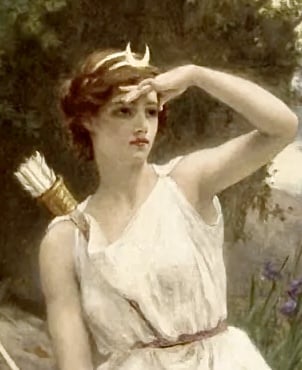cross-posted from: https://lemmy.world/post/509396
A painting has been saved for the UK in recognition of its “outstanding significance” for the study of race and gender in 17th-century Britain, it will be announced on Friday.
The anonymous artist’s portrait of two women – one black and one white, depicted as companions and equals with similar dress, hair and jewellery – has been bought by Compton Verney, an award-winning gallery in Warwickshire.
Titled Allegorical Painting of Two Ladies, the work, part of the English school dating to about 1650, appears to be a moralising picture, criticising the use of cosmetics in altering a person’s natural appearance.
Their faces are covered in curious beauty patches that were fashionable at the time and which the painting’s inscription condemns as a sin of pride, a widespread opinion in the 17th century.
Wearers of such patches or spots – made of silk or velvet – risked provoking the wrath of God. Part of the purpose of the patches was to hide imperfections or signs of disease. The white sitter wears black patches of various shapes and the black sitter has white ones.
The painting was at risk of permanently leaving the UK after being auctioned in Shropshire in 2021. A temporary stop to allow a UK institution to acquire it was placed by the Reviewing Committee on the Export of Works of Art and Objects of Cultural Interest.
The independent body, serviced by the Arts Council, advises the secretary of state for Digital, Culture, Media and Sport on whether a cultural object intended for export is of national importance under specified criteria.
Noting that its departure from the UK would be a “misfortune”, the committee’s report stated: “The depiction of a black female sitter in a 1650s painting was highly unusual … inviting important debate about race and gender during the period.”
It added: “It visualises in a way that no other painting of the period does the early modern debates concerning the morality of cosmetics use; discourses on ideal beauty and blackness; issues concerning gender hierarchy and female agency; as well as attitudes to race and ethnicity, especially so in an age that witnessed increasing global contact through trade and colonial expansion.”

